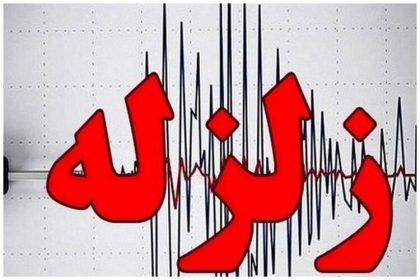A new and remarkable image of the James Webb Space Telescope has recorded a cosmic event in the best possible time.
According to RCO News AgencyA cosmic accident has led to one of the most amazing images taken by NASA’s James Web site.
The remarkable departure of a newborn star known as Herbig-Haro 49/50 (Herbig-Haro 49/50) has been completely aligned with a spiral galaxy, creating a fascinating heavenly scene.
The Herbig Haru bodies are bright clouds of gas and dust formed by newborn stars or pre -stars. They are formed when pregnant particles that are thrown at high speeds from the young stars, hit the surrounding material and create brilliant and ever -changing patterns in the sky.
Herbig-Harrow 49/50 is one of the nearest star kindergarten to Earth, with a glance at the turbulent beauty of the stars. This huge cloud of gas and dust full of newborn stars is like the sun that is probably similar to the environment that produces our own solar system.
The objects were first observed in 2006 by NASA’s Spitzer Space Telescope, which is now retired. Past observations have shown that the HH 49/50 output was far from the ground at a wonderful speed of 100 to 300 km/s.
Scientists suspect that the Herbig-Taharo 49/50 output source is a pre-cedded pre-CED 110 IRS4, which is approximately 1.5 light-years away.
According to cosmic standards, CED 110 IRS4 is quite young and is only a few tens of thousand to one million years old and is still growing and pulls the material out of the pill.
As part of this process, some of the gas flows along the pre -stricken magnetic field lines and is thrown out as high -speed fountains. These fountains hit the clouds of gas and the surrounding dust and create Harbig-Taaro objects, which are shocking shock waves that determine the location of the outlet’s collision with the surroundings.
Herbig-Harrow 49/50 has been dubbed “cosmic tornado” because of its dramatic and rotational form. The images of the Spitzer telescope were not clear enough to recognize the vague object at the top, but the images of “James Web” were obvious.
Astronomers have used the NIRCAM tool and the Miri infrared tool, the brilliant hydrogen and carbon monoxide molecules (displayed in orange and red colors) that are warmed up near the powerful fountains of the newly -born star near and energy. These molecules, along with high -energy dust, illuminate the complex and dynamic processes that form the star’s surroundings.
The detailed images of James Webb of Herbig-Harrow 49/50 show the arcs of bright gas that help astronomers track the fountain’s path to its CED 110 IRS4 source.
The end of the message
(tagstotranslate) James Webb (T) Cosmic Tornado (T) Herbig-Harrow
RCO NEWS
















